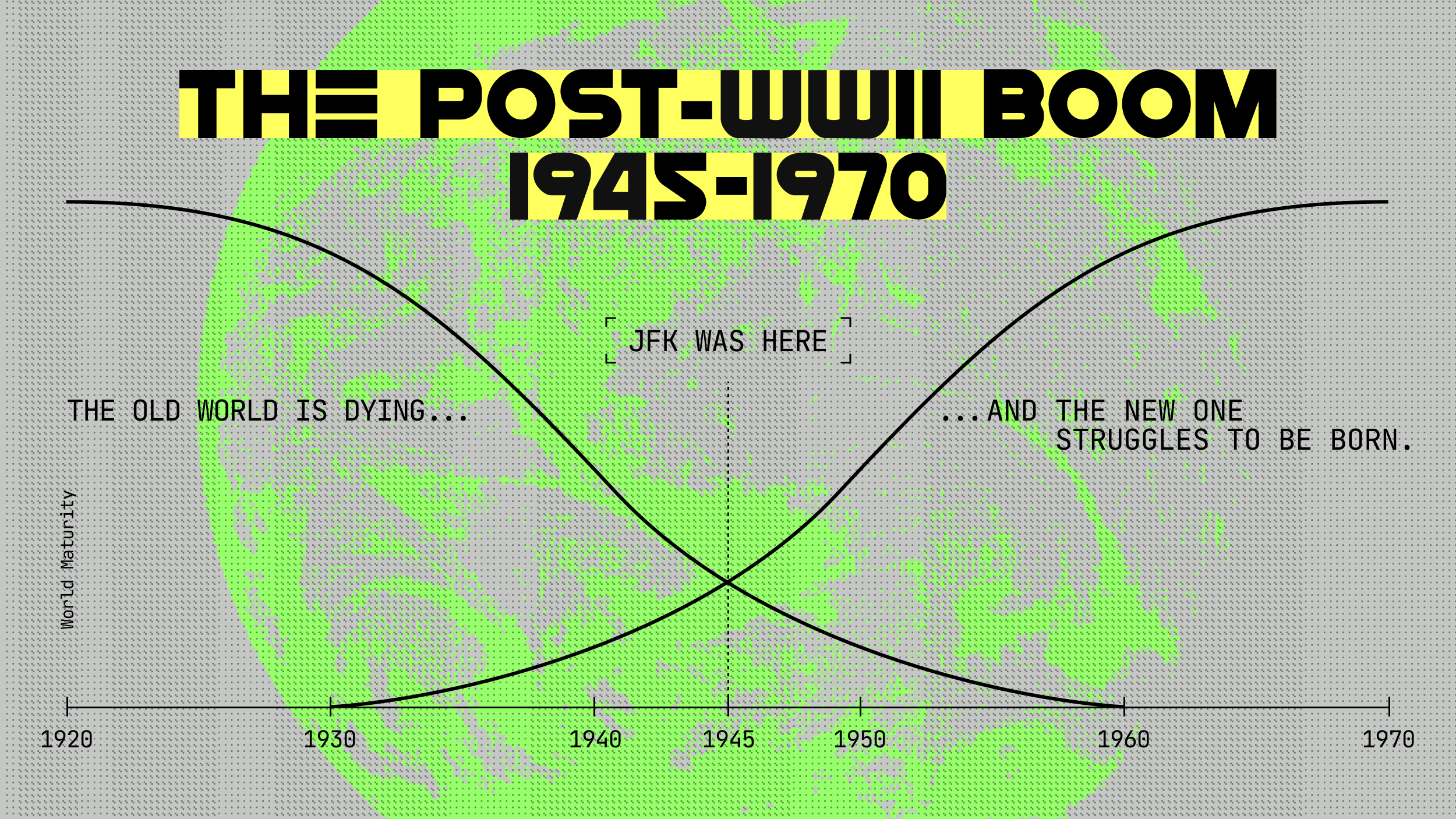Question: Is the recent spate of earthquakes part of a broader pattern of unusual geological activity?
Arthur Lerner-Lam: Well they’re unusual in the sense that statistically it’s unusual. You could say it’s a statistical anomaly, statistical fluke. There is no reason to think that earthquakes are occurring any more frequently now than they occurred last year or ten years ago or ten years into the future. There is no reason to believe that, and it has nothing to do with global warming. Believe me, that’s a question that we often get.
Question: Based on current forecasts, where might we see earthquake activity in the near future?
Arthur Lerner-Lam: Now, one of the things we learn as seismologists is that earthquakes can occur at any time and any place. In fact, they don’t even have to occur at plate boundaries for that matter, but that’s a whole other topic, but along some of the major plate boundaries, like the Pacific Northwest,we have evidence of past earthquakes and that actually is an interesting thing. Obviously we didn’t have instruments going back more than about 100 years or so, so we don’t have an instrumental record, but we have a record from old newspapers for example. We have a record from some old mission records, particularly in California, Spanish mission records and elsewhere throughout the western hemisphere. We have very long historical records in China and Japan and in parts of Asia where people have been writing things down for quite a few centuries, but in some places we simply don’t have that written record and we have to rely again on proxies.
There are a couple of things we can do in a place like California or Seattle. Let’s take California first. One thing we can do when we have a fault like the San Andreas is to actually dig a trench across that fault and when we trench across faults like that and you do that trenching at different places; you can actually see in the disturbed soil the record of past earthquakes. It may occur every 150 or 200 or 3 or 400 years, but with very good carbon dating or other geological techniques we can get a good sense of what that history is and by doing that trenching at various places along the fault we can even get an estimate of the size of the rupture, which gives us a way to calculate the magnitude. That then allows us to calculate the repeat interval, say, for these very large earthquakes. In Seattle or actually more generally, off the coast of British Columbia, Washington and Oregon going down into Northern California that’s a different kind of a plate boundary. It’s what we call a subduction zone. It’s a convergent boundary. It creates the Cascades and the volcanoes, so we can’t trench it, but what we can do is look at the history of uplift on the coast because every time and earthquake occurs the upper plate, which is basically the coast of Washington and Oregon and Northern California gets bumped up a little bit and by looking at the sedimentary record, actually sometimes it can go down as well, but you know looking at the sedimentary record, looking at the way say even trees are drowned by encroaching water or lifted above the water table and so on you can get a sense of the history. People who look at things like tree rings or the history of corals. There aren’t any corals up there now, but if we go elsewhere around the world we see that. These are all proxies for past big earthquakes.
There is another proxy, which and particularly for the Pacific Northwest works, and that is earthquakes along that boundary have a tendency to generate a tsunami and when a tsunami propagates or moves across the Pacific Ocean, particularly a big one, when it hits islands on the other side of the Pacific you get what is called tsunami deposits. It’s a very turbulent phenomenon. It brings up pebbles and rocks and disturbs the beaches and you can detect some of those, but and particularly, for the particular case of the Pacific Northwest around 1700, actually in 1700 a tsunami was generated. It was recorded in Japan and by looking at the tsunami records in Japan, both the historical record and the actual geologic record of the tsunami modelers have been able to kind of back project that, go backwards across the Pacific, show that the source of that tsunami was in fact the Pacific Northwest and get a good date, 1700 for that event. That event looks like to be about a magnitude 9, 9 ½. That’s bigger than what we had in Chile just a few weeks ago and it’s about as big as the biggest earthquake we’ve recorded instrumentally. So now that we know that that boundary can support a monstrous earthquake, a magnitude 9, we can go about the job of measuring how fast the plates are converging, making some assumptions about how stress is building up and come up with some sense of what the repeat interval might be for that earthquake and sad to say we’re pretty close to the repeat interval for that earthquake, so that is a forecast. It’s not a prediction. It’s a forecast and thankfully, at least in the United States, going back a decade or more, Seattle and Oregon have been well aware of the potential for that earthquake and they’re taking the appropriate steps one would say to try to mitigate the potential damage.





